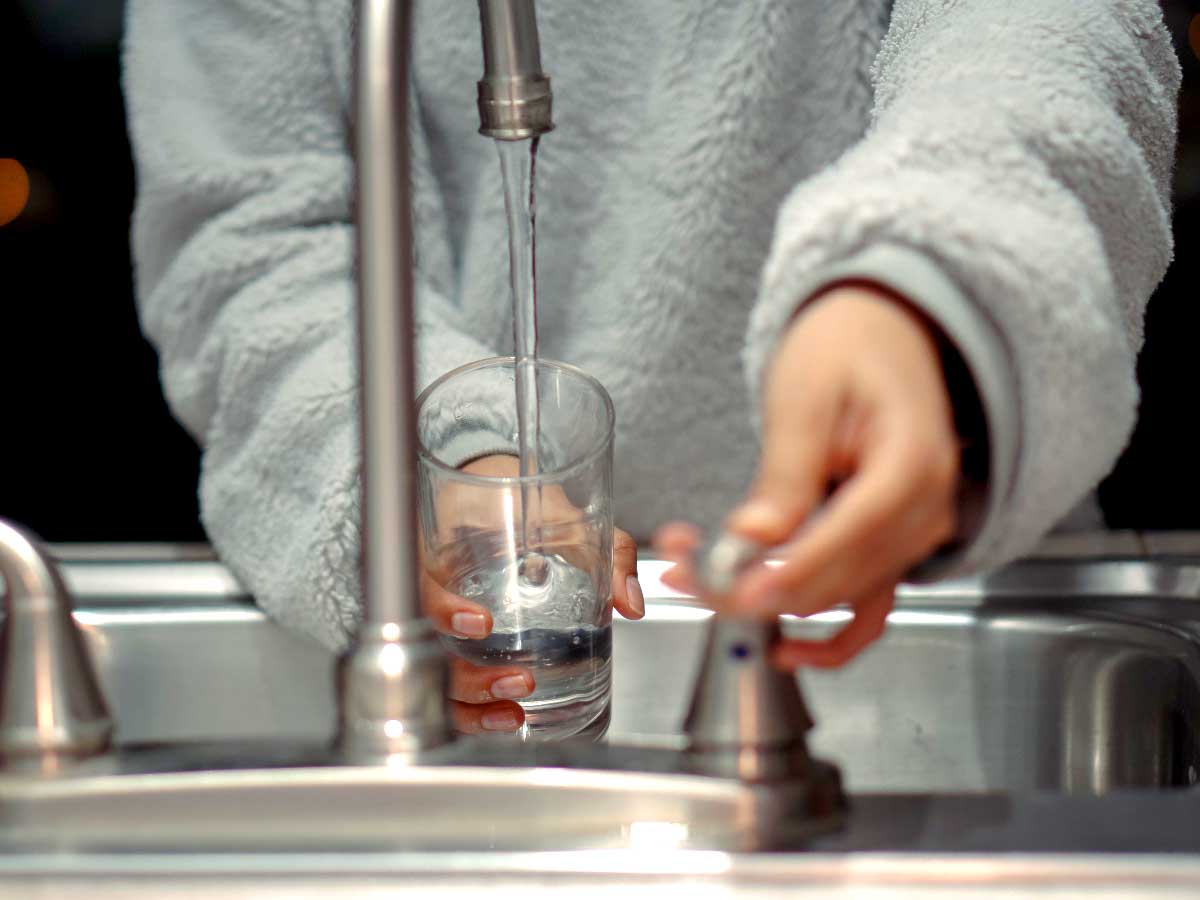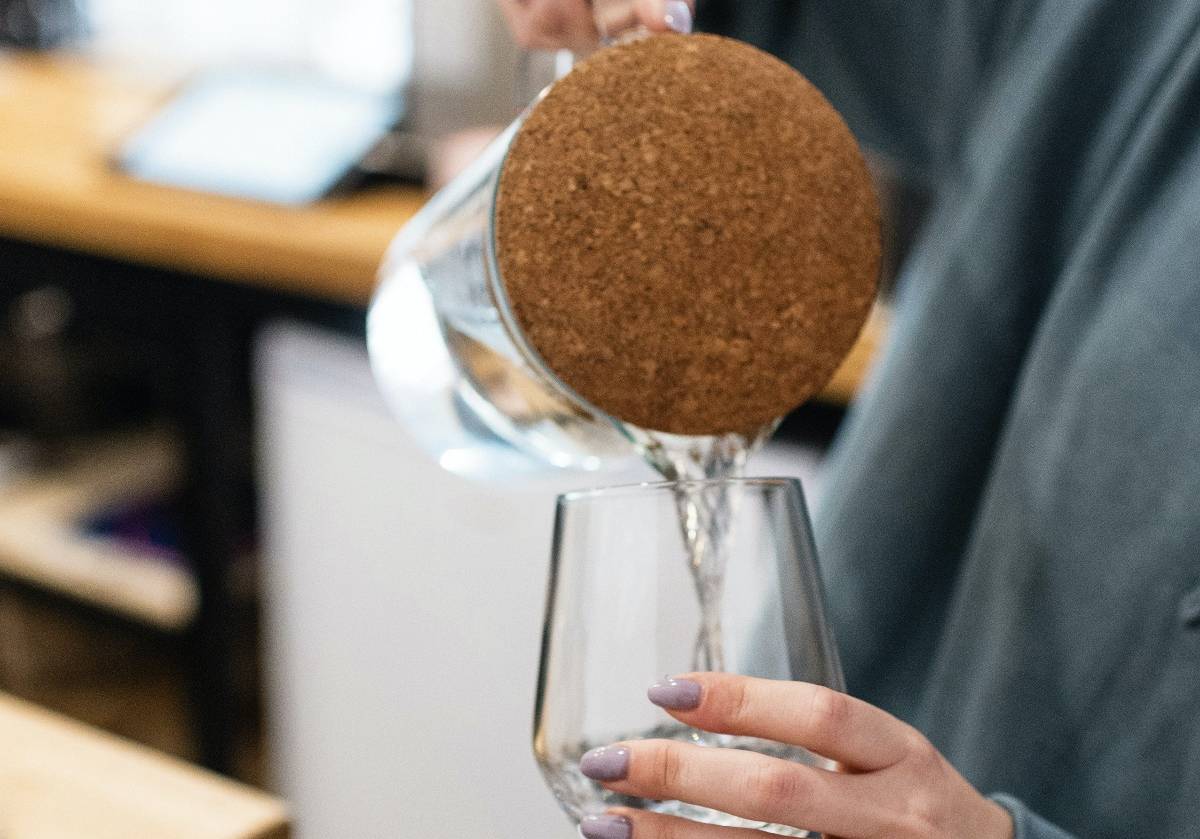Water treatment systems create a process that removes any impurities or hazardous substances from water. This process improves water quality in homes for drinking, irrigation schemes, industrial water supply, and commercial selling. Treating water helps remove chemical pollutants, bacteria, and other toxic materials.
Before you decide to use a specific treatment device, you need to understand the quality of your water supply. You can quickly identify water problems such as water hardness and the smell by simply observing. For example, measuring water hardness, you can use a simple soap test to measure grains of hardness. However, laboratory tests can only detect some health hazards. It is possible to remove hazardous substances by adjusting or replacing the current water system or treating the home supply.
Methods Used in Treating Water
Basic Water treatment system includes the following process:
- Filtration: This is a process that removes all the remaining amounts of solid suspension in water. The level of filtration requirement only depends on the degree of solid breaks.
- Clarifier: Clarifier is essential because it settles solids. The solids are present due to the process of water treatment. Examples of solids are metals, sand, and clay.
- Chemical feed: This process helps make the process easier. It includes coagulation, flocculation, and precipitation of the metals and any solid waste that is remaining.
- Final pH adjustment: For the water treatment process to be easy, adjust the final pH level.
- Control panel: This depends on the level of the automatic task needed.
The need for more customization to your plant or water treatment system allows you to use modern technologies. For example, a plant that produces biological needs such as drinks and food requires a natural treatment system to lower the biochemical oxygen demand.

Components That Water Treatments Remove
Presence of Nitrates and Phosphates
If there is a discharge of some phosphates and nitrates into the environment, they can cause a biological oxygen demand and growth increase of fungi. The above weeds can lead to eutrophication or even to low oxygen content in the water bodies. Inadequate oxygen can lead to the death of animals found in water.
Availability of Metals
The availability of metals in the wastewater can lead to massive damage to the nearby environment. These metals accumulate in the environment because they are not easy to break down and accumulate, making the environment toxic. These metals in wastewater are due to industries or manufacturing plants leaving extensive wastewater concentrations.
Biochemical Oxygen Demand
Biochemical oxygen demand is the amount of oxygen aerobic organisms need to seize up organic matter into tiny fragments. High amounts of biochemical oxygen show that a high concentration of materials that are not easy to break down exists in wastewater. The presence of these materials can result from the introduction of pollutants from manufacturing plants or industries.
Presence of Pathogens
These are viruses, bacteria, or microorganisms available in the wastewater that can cause various health issues. For example, when wastewater contains unfriendly pathogens, it may lead to cholera and botulism.
Synthetic Chemicals
The dumping of pesticides into the nearby environment by manufacturing plants may eventually lead to environmental damage or cause human and animal diseases. The following are some of the harmful chemicals in wastewater:
- Dioxin: Dioxin, also known as persistent organic pollutants (POPs), takes a lot of time to break down. Dioxins are very toxic, and they can cause diseases like cancer, reproductive issues and interfere with hormonal functions.
- Dichlorodiphenyltrichloroethane (DDT): Exposure to high doses, DDT can lead to vomiting and seizures in humans and severe effects on livers and reproduction in animals.
- Diethylstilbestrol: Diethylstilbestrol can lead to body weakness, bloody diarrhea, and lack of appetite.
Availability of Total Dissolved Solids
Examples of total dissolved solids include cations, anions, mineral salts, and metals present in wastewater. In addition, there may be the production of TDS in industries or manufacturing plants through sewage. TDS can lead to health illnesses in aquatic life, irrigation and if they get into animals’ bodies, it can lead to diseases such as breathing difficulties.
Availability of Total Suspended Solids
Like any other contaminants in wastewater, total suspended solids (TSS) can lead to aquatic life destruction. TSS can lead to a decrease in oxygen levels in water environments and kill water animals, and it can also lead to rusting of pipes and cause damage to the entire water piping system. Production of TSS can also cause problems in the recycling of wastewater.

Steps Used in Water Treatment Systems
Since there is water contamination, we need to treat the water sources before using them again. Water requires appropriate treatment to remove the components that cause diseases. Water treatment systems combine the following categories in water treatment plants:
- Filtration process
- Reverse osmosis
- Distillation
- Ion exchange
Disinfection Method
Disinfection is the process of cleaning water in homes or industrial plants by the use of disinfectants. The following are some of the examples of disinfection processes that eliminate waste or hazardous substances from water:
Chlorination
Chlorination is the oldest method of treating water. It is preferred to other methods because it is relatively cheap. Here there is the pumping of chlorine chemicals into the water supply. Since chlorine is an oxidizing agent, the chemical kills most viruses and bacteria in the water.
Conversely, when applying chlorine to water supplies, ensure that there is only clear and clean water. It is because chlorine reacts with other components in the water to form dangerous chlorinated and organic chemicals such as trihalomethanes. Therefore, using carbonate filters after chlorination will eventually extract excess chlorine and additional amounts of possible substances containing chlorine in the water. In addition, the pump that pours chemicals into the water supply requires frequent maintenance.
Ultraviolet Purification Process
Low-pressure mercury lamps produce ultraviolet light. This light contains germicidal properties that kill or deactivate germs in the water. Low amounts of radiation kill bacteria while viruses are extra resistant. UV light purification process eliminates all viruses, bacteria, and protozoa.
The efficiency of arc lamps decreases as they age and therefore need replacement every year. Features such as turbidity, color, and organic impurities present in the water can interfere with the transmission of ultraviolet rays. They can eventually lower efficiency to levels that are not safe.
Pasteurization Process
There is boiling water at high temperatures in the pasteurization process to kill viruses and bacteria. But the use of pasteurization is relatively expensive due to heat exchange. However, pasteurization does not leave residual products that may continue to keep the disinfection of water afterward.

Filtration Process
The filtration process is a simple and cost-effective way to treat water. Filtration has the following procedures; activated carbon filters, oxidizing filters, mechanical filters, and neutralizing filters.
What is an Activated Carbon Filter?
Activated carbon filters remove impurities when the water passes through a machine called a carbon cartridge. Therefore, they absorb and remove organic compounds, unpleasant smells, and residual chlorine. But the filters do not remove some of the components, such as metals, nitrates, phosphates, inorganic chemicals, and microorganisms.
Also, carbon filters eliminate some toxic contaminants from the water, for example, organic chemicals and radon gas. However, the filters’ design eliminates extreme levels of existing pollutants. Therefore, if there is no removal of all contaminants by the activated filters, use other water treatment methods.
The filters become ineffective when the saturation of contaminants is high; thus, they need regular replacement. In addition, the substance in the carbon filter enhances a particular bacterium to grow.
Mechanical filters
There is only the removal of solid materials such as sand, clay, and organic matter in mechanical filters. Therefore, mechanical filters do not eliminate those dissolved in water, such as microscopic objects or particles. In addition, fiber, fabric, and ceramic make mechanical filters. Therefore, to remove undesirable substances, you should combine the mechanical filters with other equipment.
Distillation Process
In the distillation process, there is boiling of water until it becomes vapor or steam. Therefore, bacteria, minerals, and solid materials are left when steam becomes water through condensation, which is pure. Therefore, distillers eliminate any marks of metal substances, minerals, and bacteria. However, some of the distillers allow contaminants to penetrate and condense back into water. By using vented distillers, tends to solve the above problem.
Although the process is generally mild, you must use a lot of contaminated water to produce clean water, i.e., distilling four gallons of water to produce one gallon of clean water. Furthermore, the distillation process is relatively expensive and requires regular maintenance.
Ion Exchange Process
Ions cause water hardness from calcium and magnesium compounds. The ion exchange process treats hard water by extracting the ion compounds. There may be an acidic cation that is strong in the exchange process as an alternative to lime. In addition, there is charging of the resin with sodium in the ion exchange process, which will eliminate the magnesium and calcium ions that are lower in the periodic table.
Contact ONIT Home For Water Treatment Systems For Your Household
When it comes to water safety, trust ONIT Home to deliver you water bottle quality water, right out the tap with one of our reverse osmosis water treatment systems. We offer free water testing, installation, and an action plan to make sure your family is set up with delicious and clean water. To take advantage of our great deals, visit us online for a free quote, or give us a call at 1-833-433-0331 to speak with one of our live representatives today.



